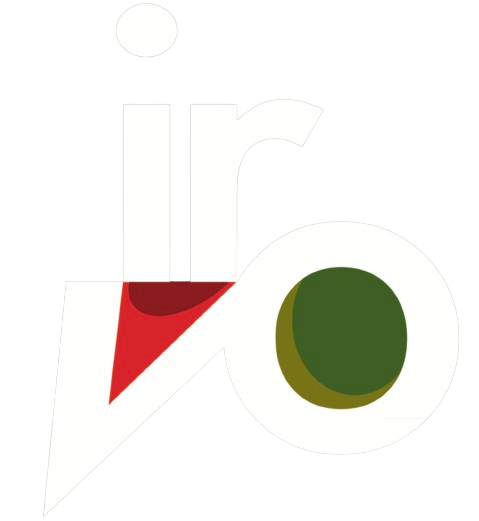15 January 2014
Interview with the director of Irvos
The wine of contradictions. Because the numbers, naked and raw, indicate some small setbacks. But there is no shortage of prospects. And especially if the data is compared with ten years ago then there is something to be excited about. In this image of some shadows and many flashes of light is all the Sicilian wine of the moment. In short, the present is not the worst and the future could be very rosy. Lucio Monte, general director of Irvo for just over a year, is convinced of this, the former regional Institute of Vine and Wine which has also added everything relating to the production of extra virgin olive oil to its skills.
Extensive summary of the interview given by Lucio Monte, general director of Irvos, to the Giornale di Sicilia on 14/01/2014 on the future of Sicilian wine.
Let's start with the wine. How did 2013 end?
“On the production side we do not yet have the official data which will be available in a few days. In any case we can say that a 15 percent increase is expected compared to the 2012 harvest. An average in the sense that we have areas with greater growth especially in some areas of Agrigento and Trapani and lower growth if not even slight declines in Pantelleria and on Etna”.
In absolute data?
“In 2012 Sicily produced 5.1 million hectoliters of wine, with last year's harvest we could reach around six million hectoliters. Data which will be confirmed with the production declaration and which will become definitive".
What is the reason that drives us to be optimistic?
“If compared to ten years ago, Sicily's wine industry has made giant strides. Previously, a large part of the production was oriented towards quantity and distillation, that is, producing wine not for drinking. Today the whole scenario has changed. There was a priority need. Qualify the sea of wine produced. The road is underway."
Any data to support this thesis?
"One for all. Last year, Sicily's wine produced around 200 million bottles, mostly wine coming from the 5 million hectoliters produced from the 2012 harvest. An unthinkable figure”.
Perhaps it could be around 25 percent of the wine produced. Isn't that a little?
“Until a few years ago it was much lower. Bottling means giving added value and also almost always means raising the average value. A result that gives us hope."
Does help also come from the newly created Doc Sicilia?
"Certainly. Last year we bottled 120 thousand hectoliters of DOC Sicilia wine. And we're only at the beginning. The DOC Siclia serves to give added value through traceability and can be an incentive to always do better".
The fact remains that Doc Sicilia wines can also be bottled outside Sicily...
"It is true. But they are also subjected to a series of checks that serve to guarantee the final consumer."
And in all this game of figures, how is exports doing?
“Despite the economic difficulties our country is experiencing, the world of Sicilian wine shows significant elements of dynamism. Exports are holding up. According to Istat data, 2012 recorded a decline of over 15 percent compared to 2011. But this concerns above all those companies that have not invested much in quality. Paradoxically, those who sell the most expensive wine have been less affected by the decrease. And the old, often forgotten concept that quality pays off in the end. We await the 2013 data which predict a reversal of the trend compared to 2012 also because many wineries have focused heavily on exports. Also due to the difficulties on the internal market."
Generalized drops in consumption and Sicily which is the Cinderella of per capita consumption. Right?
“Yes, we must also do more to grow the culture of wine among Sicilians themselves. And indeed I feel like launching an appeal to the wineries of the island not to neglect Sicily. You are strong in the world if you are strong at home."
So what is the way forward?
“It is that of not abandoning the quality aspect and raising the bar and engaging in the internationalization process”.
Which markets?
“The positions reached in Germany and Switzerland must certainly be consolidated, also supported by market surveys and among the new markets I would certainly say the USA where there is ample space also in terms of volume, and then England where it will be necessary to do a lot of communication and where the brand Sicilia has ample room for growth. It is no coincidence that this year we have planned two events in London. The first, in June, with the International Wine Fair, and then after the summer with the seminars and tastings entrusted to a renowned journalist like Michéle Shah".
And the Bric area countries, Brazil, Russia, India and China?
“Well. I would say China. And at the moment it doesn't seem to me that other countries can represent an opportunity for Sicilian wine, at least in the short term. Above all, old Europe remains."
What will 2014 be like?
“2014 will be a year that will see Irvo consolidate its work on three assets: internationalisation, traceability and certification with the extension to oil and the process for claiming the PGI brand. And finally the research."
What's cooking?
“One and a half million euros of funds, mostly EU, for innovation and sustainability. Two projects, Inoveno and Avigere, are giving us good results. As well as the research work to produce sulphite-free wines of which the Settesoli winery is the leader. And then the work for the island of Malta which allowed Sicily to be given centrality on this side. It's not over: we must be ready to enter the Horizon 2020 program for sustainability. It will be a great opportunity."
Interview by Fabrizio Carrera
Ultime notizie
News 9 January 2025
Public Consultation Update PTPCT IRVO 2025-2027
Public consultation for the purpose of updating the Three-Year Plan for the Prevention of Corruption and Transparency (PTPCT) 2025/2027 In order to allow maximum involvement in the preparation of the update of the Three-Year Plan for the Prevention of Corruption and Transparency of the Regional Institute of Wine and Oil for the three-year period 2025/2027, all those who are interested are invited - in particular citizens, companies, consumer associations, representative trade unions, other entities operating in the territory representing particular interests - to send observations and/or proposals to the Person in Charge of the Prevention of Corruption and Transparency (RPCT), which will be evaluated when drafting the document.

